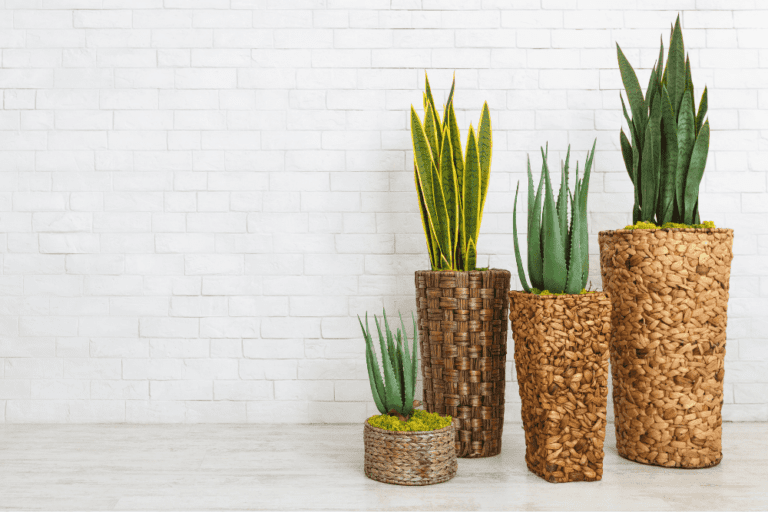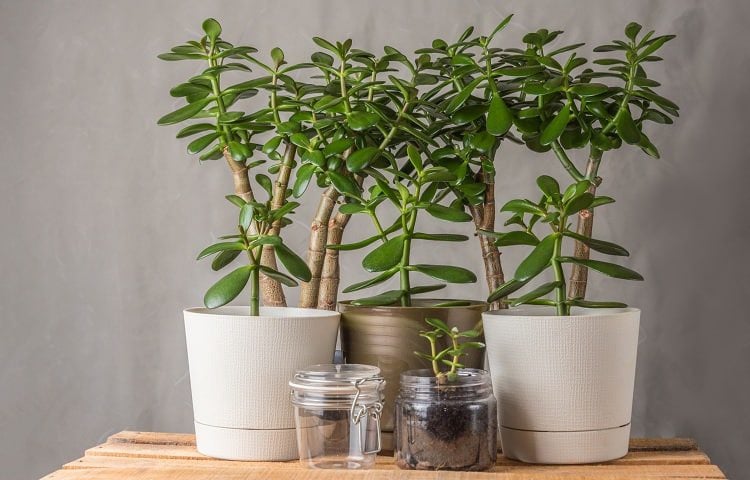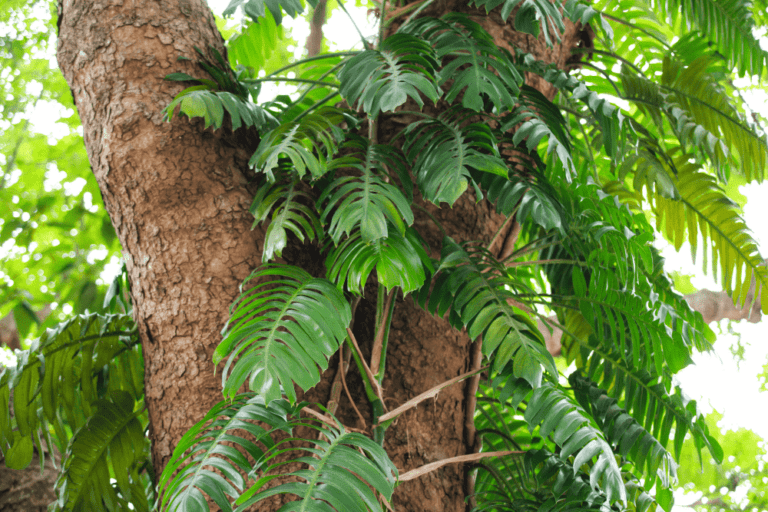Our Guide to Growing Arboricola
Although members of its family can grow to heights of 25 feet or more in the wild, schefflera arboricola is a dwarf variety that usually maxes out at six or eight feet. Usually grown as a houseplant, schefflera arboricola is hardy in zones 10 through 12 and needs plenty of light everyday. The plant is also particular about the amount of water it receives and doesn’t like too dry or too wet conditions. If you live in an area with warm summers, you can try bringing the plant outdoors for the season before bringing it back inside for the winter.
Schefflera Arboricola Varieties
Sometimes called the umbrella tree or plant, schefflera native to tropical areas. In the wild, it can grow up to 25 feet tall, but it usually considerably smaller when grown as a houseplant. Schefflera arboricola is a dwarf variety of the umbrella plant.
A number of different varieties of schefflera arboricola are available, some of which are bred to be dwarf varieties, which are much smaller in size than their native-grown cousins. The pattern on the leaves might also differ among varieties of umbrella trees.
- Petite Schefflera. True to its name, petite schefflera is a small sized plant. It also have green and yellow variegated leaves.
- Gold Capella Schefflera. The gold capella schefflera has dark green leaves with flecks of yellow.
- Sun Burst Schefflera. Sun burst schefflera has leaves that are nearly solid yellow, with some green around the edges. The plant is also a compact, dwarf variety.
- Luseane Schefflera. Luseane schefflera has solid-colored, dark green leaves. Its growth habit is compact and bushy.
- Trinette Schefflera. A bushy, larger variety of schefflera, Trinette usually grows between three and six feet tall. It has larger, ivory and green variegated leaves.
Caring for Schefflera Arboricola
The umbrella tree is a bit more difficult to care for than other types of houseplants. While some plants do thrive with a bit of neglect, schefflera arboricola needs to have certain requirements met or it won’t do well.
For example, schefflera aboricola is a bit fussy about light. The plant likes bright light, but not too bright light. According to the Missouri Botanical Garden, the ideal spot for the plant indoors is by a window that faces either south, east or west. Having some sort of shade or translucent curtain in the window will help filter the light and keep the plant’s leaves from burning.
If the plant gets too much light, its leaves might turn white or lose their color and drop off. Giving the plant about four hours of bright light a day should be sufficient.
The umbrella tree can also suffer if it’s not getting enough light. Plants that are starved for light will usually grow spindly and leggy. If your home doesn’t get enough natural light during the day, there are a few things you can do to improve the situation.
One option is to prune the plant to help it maintain the shape you’d like. Another is to find a sunnier location for your plant or put a fluorescent grow light over top of it.
Schefflera arboricola plants are also a bit more fussy about water than other houseplants. Since they are natives to the tropics, they need a fair amount of moisture and humidity to thrive. But too much water and moisture increases the likelihood of the plant developing rot or an infection.
To make sure the plant is getting enough water, wait until the soil is slightly dry before watering. You don’t want the soil to fully dry out, but you also don’t want it to be completely saturated or soggy. If the air in your home is dry, it’s helpful to spritz the plant with water every now and then to keep its leaves from crisping or turning brown.
If you are overwatering your schefflera, the plant will let you know. One sign of too much water is leaves that turn yellow and fall off, according to Gardening Know How.
Umbrella trees are hardy in zones 10 through 12 and are usually grown as houseplants in other areas. They do best in temperatures above 65 degrees Fahrenheit. Even in the winter and at night, you want to avoid exposing the plant to temperatures below 60 degrees Fahrenheit, according to Clemson University.
Transitioning the Plant from Indoors to Outdoors
You don’t have to keep schefflera arboricola indoors all year round, even if you live in a zone below zone 10. You can bring the plant outdoors in the late spring or summer so that it can get plenty of light and enjoy a bit of warmth and humidity.
The video above, from Growing Wisdom, offers a few general care tips for schefflera arboricola, but focuses on the best way to transition the plant from life indoors to life outdoors in the summer.
When you move the plant outside, you want to be careful not to put it in a spot that gets too much sunlight, especially right away. Imagine if you went from getting not that much light each day to spending eight or more hours under direct, bright sunlight. You’d get a bad sunburn. The same is true for schefflera arboricola.
To keep your plant happy as it transitions from life indoors to life outdoors, place it in a shaded area at first, then gradually expose it to more and more sunlight.
Schefflera Arboricola Problems
Although bugs and disease are usually not a big problem for houseplants, some pests can cause harm schefflera arboricola. Spider mites and mealy bugs are the two main pests that affect the plant, especially if the soil is dry.
Aphids can infest the plant, leaving behind a sticky substance called honeydew. The honeydew can attract a type of mold that causes an infection, making the plant look dusty and unwell. If your plant does have any signs of an insect infestation, spraying it with an insecticidal soap should help. Rinsing the plant in the shower can help clean the leaves, removing any mold or honeydew.
If you have cats or dogs, it’s worth noting that schefflera arboricola is poisonous. Keep the plant out of reach of your pets.



